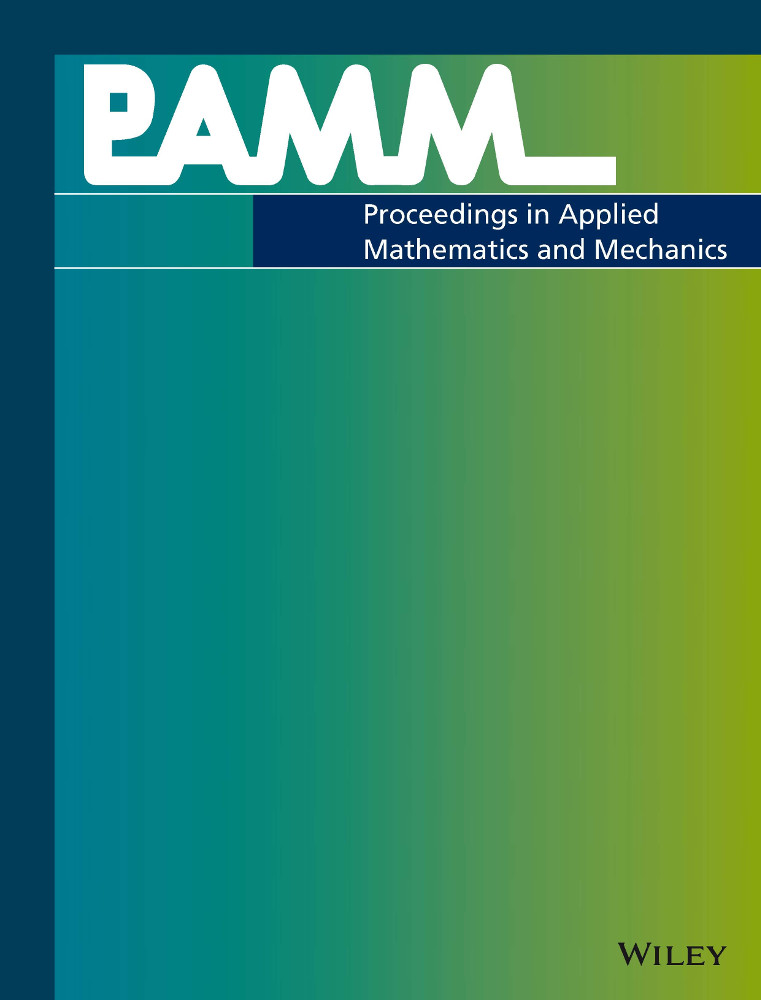Phase-field modeling of crack propagation based on multi-crack order parameters considering mechanical jump conditions
Abstract
The phase field method is commonly used for the crack propagation modeling in modern material science, as they allow for an implicit tracking of the crack surface. However, most of these crack propagation models are for homogeneous materials, and there exist only a few approaches for heterogeneous systems. Recently, Schöller et al. [1] presented a novel phase-field model for multiphase materials, e.g. composites, based on multi-crack crack order parameters. Despite the quantitative advantages of the model, it is based on a simple scheme for the underlying homogenization problem. In this work, a more advanced homogenization scheme based on mechanical jump condition is applied to the model. Consideration of these jump conditions yields phase-specific stresses and strains. Therefore, the mechanical driving force for crack propagation can be modeled as more independent of the elastic properties of other physical regions. Volume elements of a fiber reinforced polymer are used to demonstrate the limitations of the simple scheme, as well the improvement if considering mechanical jump conditions. Thereby, the contrast in the crack resistance of the two materials is varied. It is shown that the simple linear interpolation does not lead to reasonable crack paths for contrary contrasts of elastic modulus and crack resistance. Taking into account the mechanical jump conditions instead yields still reasonable results. For both the final crack paths and the stress-strain curves of the system, the novel model is less sensitive to a change in fiber crack resistance. While the result of the simple scheme depend on the selected fiber crack resistance, although failure of the matrix is expected.




